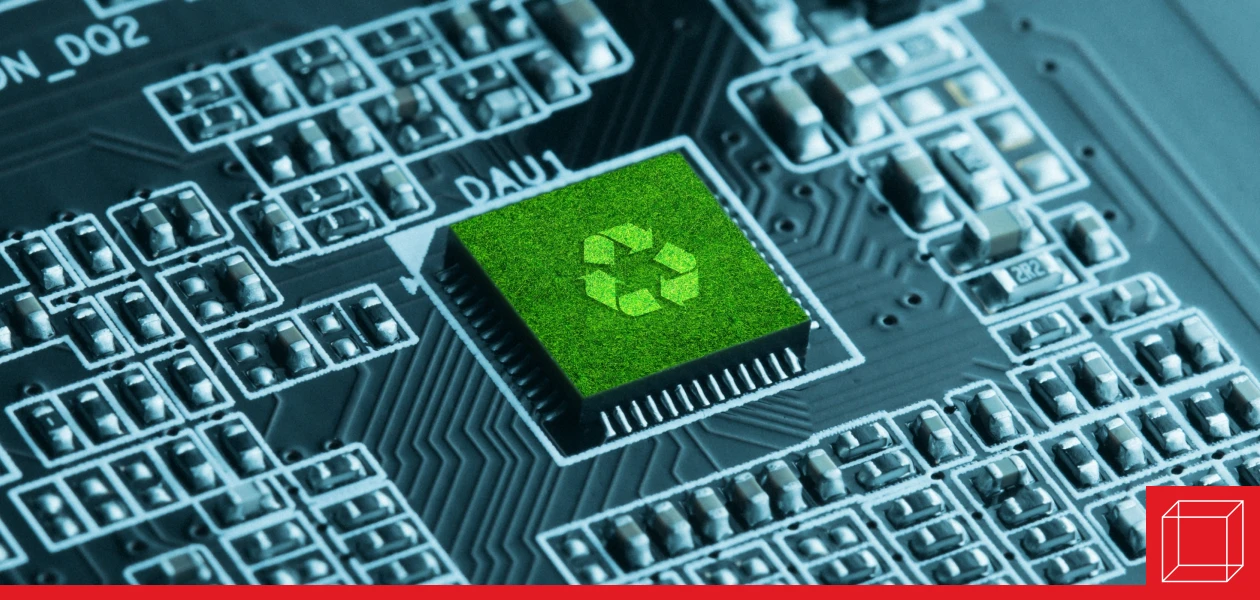Extending Device Lifespan: A Triple Bottom Line Win!
Discover how keeping your electronics in use longer can reduce environmental impact, enhance social responsibility, and save you money.

When it comes to our computers and smartphones, the prevailing wisdom is often “out with the old, in with the new.” However, a shift toward sustainability is encouraging us, and the companies who provide our technology, to rethink this mindset. Here’s why keeping devices in use longer is a win-win-win strategy:
Environmental Impact
Reduced E-Waste: When we replace our devices frequently, we contribute to the growing electronic waste (e-waste) problem. E-waste is currently the largest growing waste stream and the hazardous material it contains, such as lead, mercury, and cadmium, can harm the environment and human health. By extending the lifespan of our devices, we reduce the need for constant replacements and minimize e-waste.
Resource Conservation: Manufacturing electronic devices requires raw materials, energy, and water. By using our devices for a longer duration, we decrease the demand for new production, conserving valuable resources.
Energy Consumption: The energy required to manufacture and transport new devices significantly impacts the environment. By using existing devices longer, we indirectly reduce the energy footprint associated with their production.
Social Impact
Reduced E-Waste: 80 per cent of e-waste generated in developed countries is shipped (often illegally) to developing countries to be recycled by hundreds of thousands of informal workers. The recycling conditions are hazardous to human health and the environment. By reducing the amount of e-waste produced, the negative social impacts associated with this globalized e-waste chain are lessened.
Resource Conservation: By reducing demand, the mining of conflict minerals, such as Cobalt in the Democratic Republic of Congo, could be better managed. For example, workers could be compensated properly and provided a safer working environment.
Financial Impacts
Lower Total Cost of Ownership: Keeping your smartphone, laptop, or other gadgets for an extended period means you get more value out of your initial investment. Instead of buying a new phone every year, consider holding onto it for a few extra years. You’ll save money in the long run.
Repair vs. Replace: Repairing a device is often more cost-effective than buying a new one. Simple fixes like replacing a cracked screen or upgrading memory can breathe new life into your tech without breaking the bank.
Good charging habits: Charge devices overnight using optimized battery charging modes. Avoid overcharging your devices, as it can degrade battery health. Unplug when fully charged and avoid letting the battery drain completely.
When it’s finally time to say goodbye to your device, recycle it responsibly. Some states have no-cost or low-cost e-waste recycling programs. Many manufacturers and retailers offer recycling programs or trade-in options. Alternatively, consider donating functional devices to schools, charities, or community centers.
Reflection Points
- How long have you had your smartphone? Would you consider keeping it in use for 2 more years?
- Would you consider buying a modular computer or modular smartphone in order to upgrade parts as needed instead of replacing the entire device?
- Would you be willing to support right to repair efforts in your community or state?
- What other ways could sustainable electronics support the triple bottom line?



